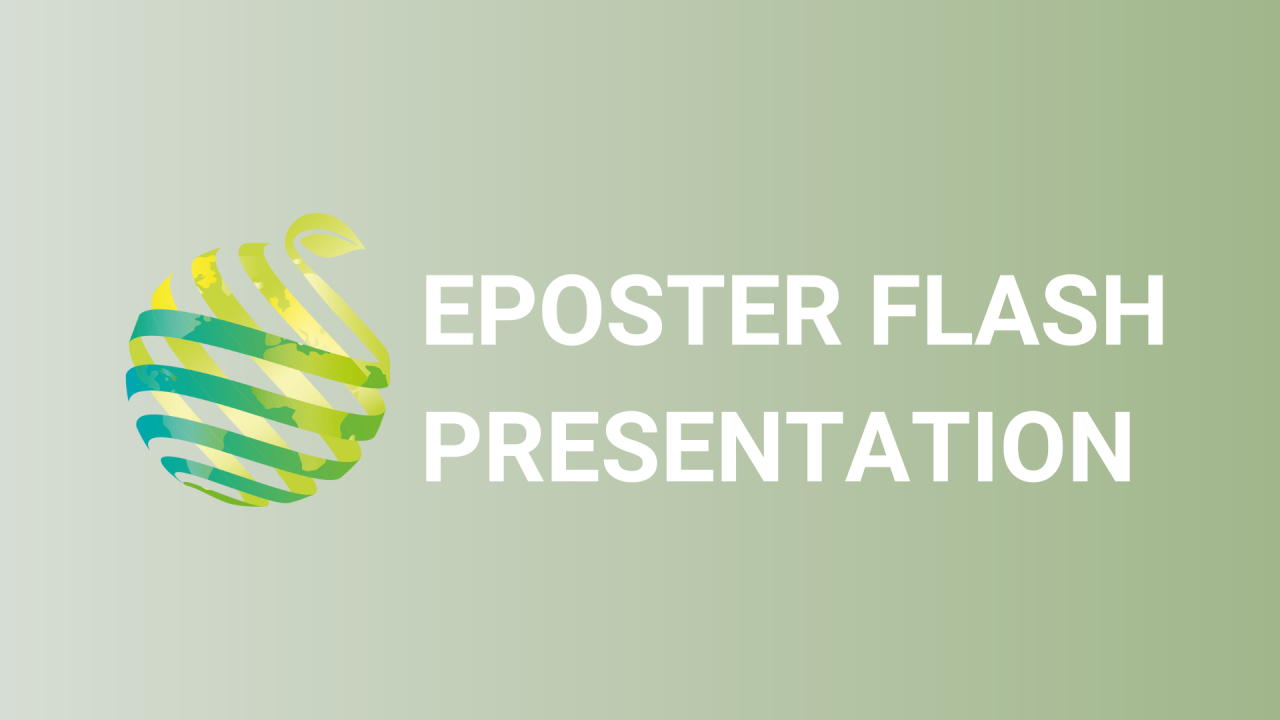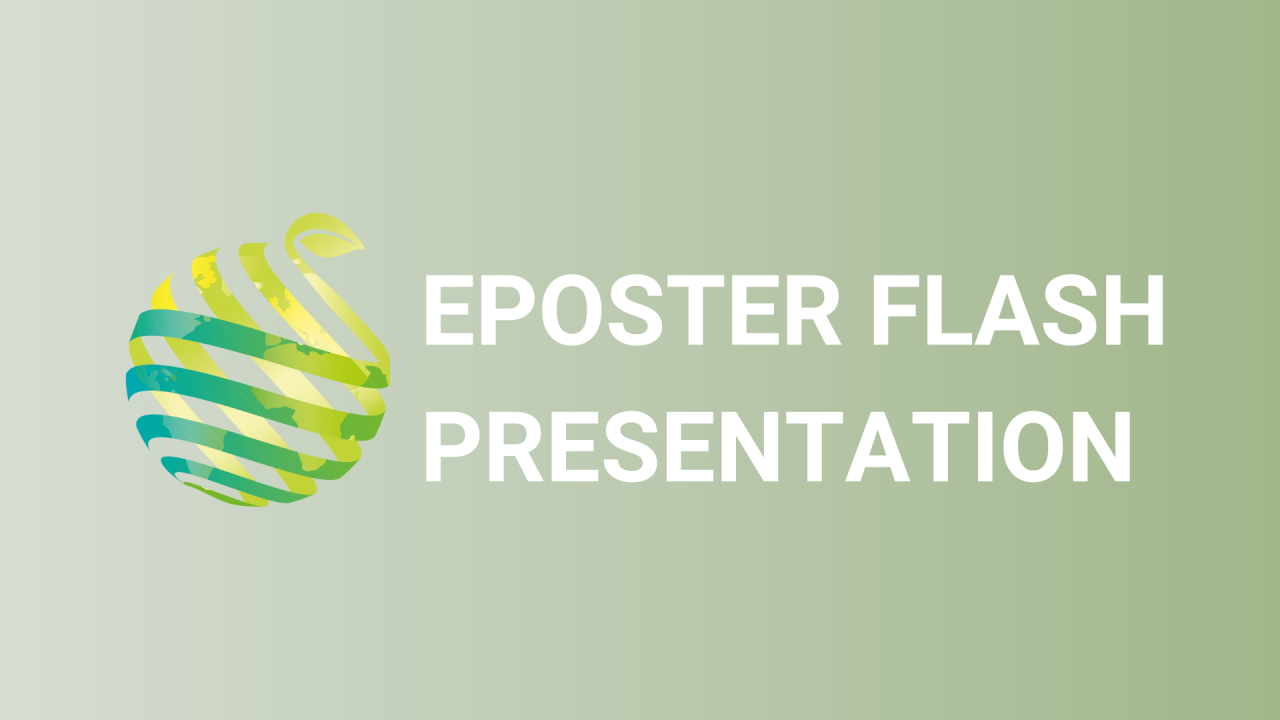

S05 - Session P2 - Stimulation of adventitious root formation by laser wounding in rose cuttings: a matter of energy and pattern
Information
Authors: Raul Javier Morales Orellana *, Thomas Rath, Traud Winkelmann
Adventitious root stimulation by laser marking is based on the establishment of adjustable wounding treatments to achieve specific tissue layers along the bark of rose cuttings. In cutting propagation, wounding is a primordial factor for cell reprogramming and adventitious root formation. In order to study the effect of wounding in detail, application of gradual excision levels by a CO2 laser depending on energy applied and pattern distribution was tested on the surface of Rosa canina and Rosa hybrida . Experiments with leafy cuttings showed that marking treatments are able to remove defined layers of bark such as epidermis, parenchyma and sclerenchyma located at a depth of 0, 200 and 350 µm respectively. Applying a gradual marking of three different intensities to cuttings between 3.5 and 4.5 millimeter diameter, it was observed that adventitious rooting is highly sensitive to the penetration achieved. After an analysis of data based on bark size and relative penetration, results suggest that cuttings with the highest rooting capacity were those where the sclerenchyma layer and regions closer to the phloem were reached at a depth from 350 µm onwards. A comparison between two different marking patterns along the cutting, rings and strips, suggests that wounding location does not influence rooting as significantly as penetration. Moreover, results showed the big influence that bud region has on the positioning of the adventitious roots. At the moment, the penetration level applied has a positive influence on adventitious rooting which is enhanced in presence of exogenous auxin. In general terms, root systems in presence of auxin were characterized by a higher root number normally very short, while in the absence of hormone, roots formed were less but longer. Cutting diameter seems to play an essential role during marking, thus, a penetration analysis has to be carried out previously.